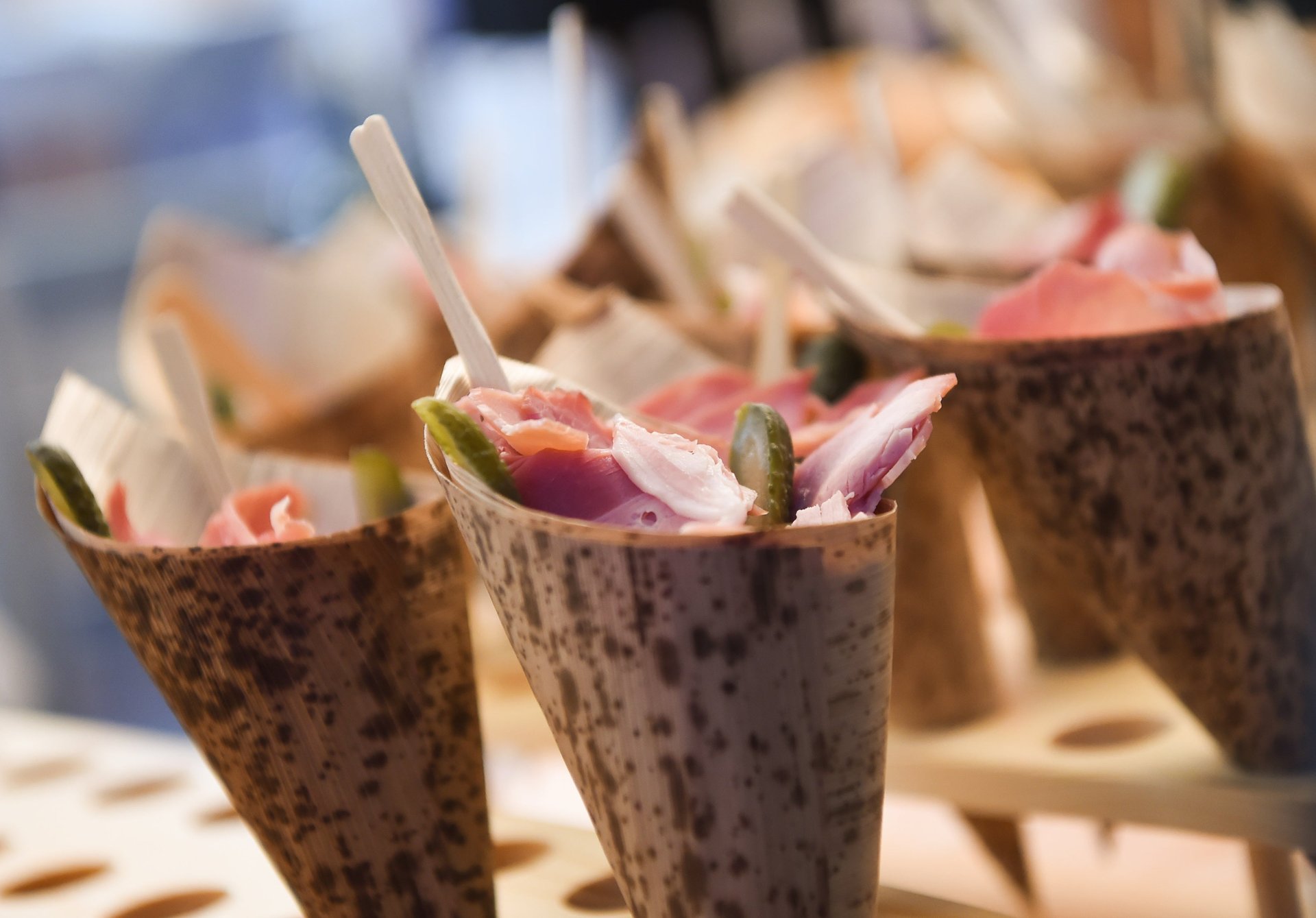Compiling Bon Appetit’s Hot 10 list is the worst best job
Bon Appetit magazine’s “Hot 10” restaurant list is a trend-setting, career-making ranking of the 10 best new restaurants in the US. Compiling that list is a responsibility of restaurant editor Andrew Knowlton.


Bon Appetit magazine’s “Hot 10” restaurant list is a trend-setting, career-making ranking of the 10 best new restaurants in the US. Compiling that list is a responsibility of restaurant editor Andrew Knowlton.
The gig sounds fabulous: to travel the US eating fantastic food for every meal. But it’s actually agonizing. And Knowlton is pretty sure that you couldn’t handle it.
It started about five years ago, when Bon Appetit editor Adam Rapoport first sent Knowlton on a three-and-a-half month odyssey to eat his way through the country, Knowlton explained to Joe House on an episode earlier this month of the podcast House of Carbs.
Well, cry me a river, Andrew Knowlton. That sounds like an amazing job.
“Now, I know you might say, ‘Cry me a river, Andrew Knowlton. That sounds like the most amazing job,'” Knowlton said on the podcast. “And it is the most amazing job.”
But eating for a living is a more physically grueling experience than those of us who simply eat for sustenance can appreciate. The job also involves “pissing off your wife and making your children forget who you are, and also, on top of that, putting your health in jeopardy because you’ve gained 15 pounds,” Knowlton said.
Top Chef host Padma Lakshmi has also described the toll that mandatory gourmet eating can take. Lakshmi eats 5,000 to 8,000 calories a day during the cooking contest show’s six-week shoot, gains about 10 to 17 pounds each season, and then works frantically to lose the weight to avoid snide comments on the red carpet at the Emmys three months later. (Is co-host Tom Colicchio under similar pressure? Don’t be ridiculous! He is a man.)
Compiling Bon Appetit’s Hot 10 is possibly an even bigger challenge. Since 2015, Knowlton and Bon Appetit senior editor Julia Kramer have divided the country into regions, researched local buzz, and then hit the road for a long, delicious slog.
Every day is two breakfasts, two lunches, and at least three dinners. “You’re averaging five or six meals a day, which makes me sick in my stomach just thinking about it,” Knowlton said. This year, he brought along his newly-retired father, who had the same “how hard can this be?” attitude that most people express about Knowlton’s job.
“By the second night, third meal we had to do that day, he was checking out,” he said. “He was like, I have to go back to the hotel room and throw up, because I can’t do this anymore.”
Knowlton has two pointers for intense eating survival—handy for amateurs on the holiday party circuit, or being served second or third helpings by an overzealous holiday meal host.
Don’t clean your plate
A normal person presented with a plate of delicious food is going to eat as much as he or she likes. When four or five equally delicious meals will follow in rapid succession, self-control is essential. (This, apparently, was Knowlton’s father’s downfall).
“You cannot finish your food,” Knowlton said. “I don’t care how good the burger is or how good the pork chop is. If you’re going to three restaurants in a row, you cannot finish your food.”
Exercise
Some weight gain is inevitable. Balancing eating with exercise is the only way to avoid full-scale physical collapse. Knowlton tries to do 30 minutes of exercise for each meal, meaning that a five-meal day requires Rock-worthy levels of physical activity.
“If you just sit and lounge around like a sloth, you’ll come crashing down hard,” Knowlton said.